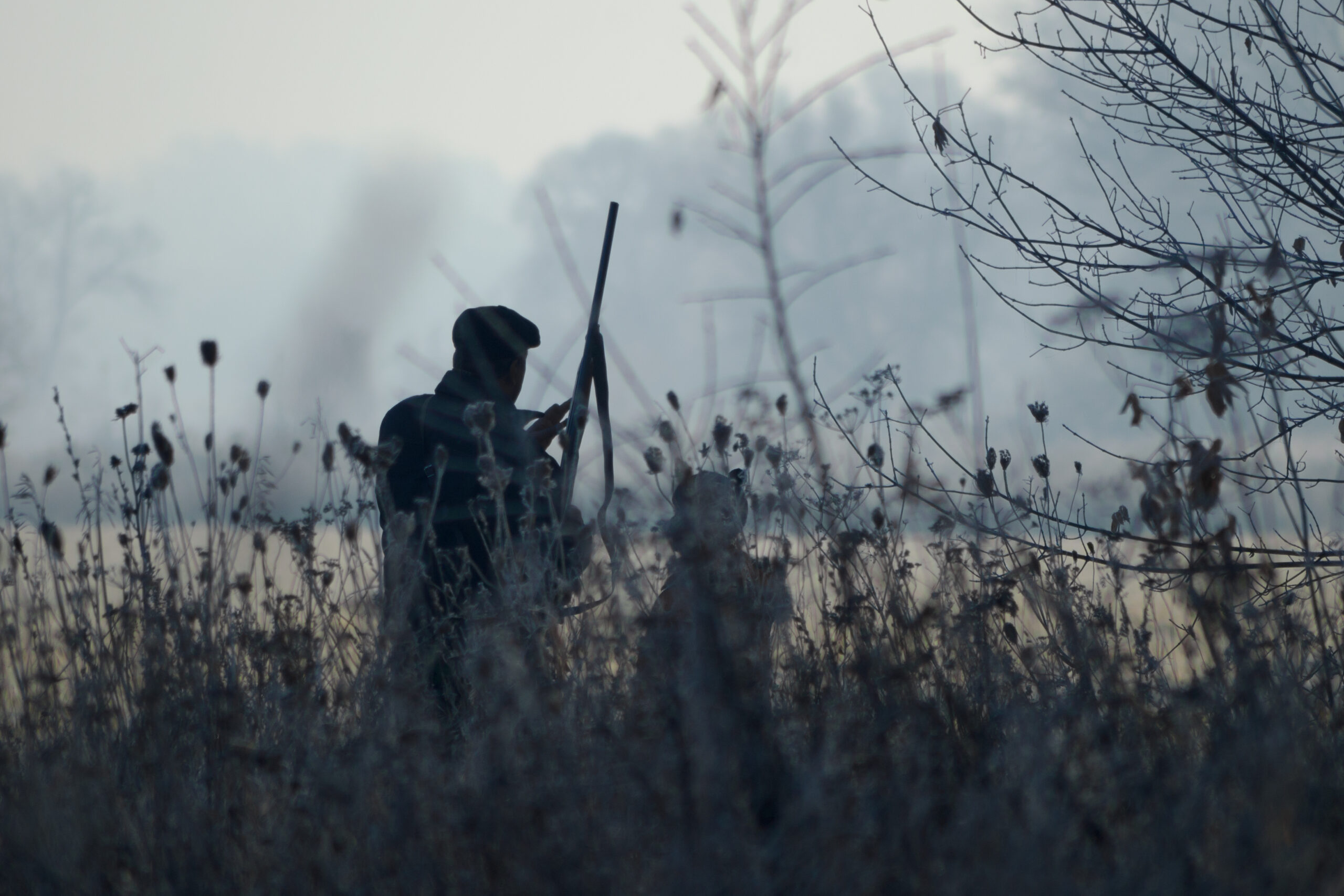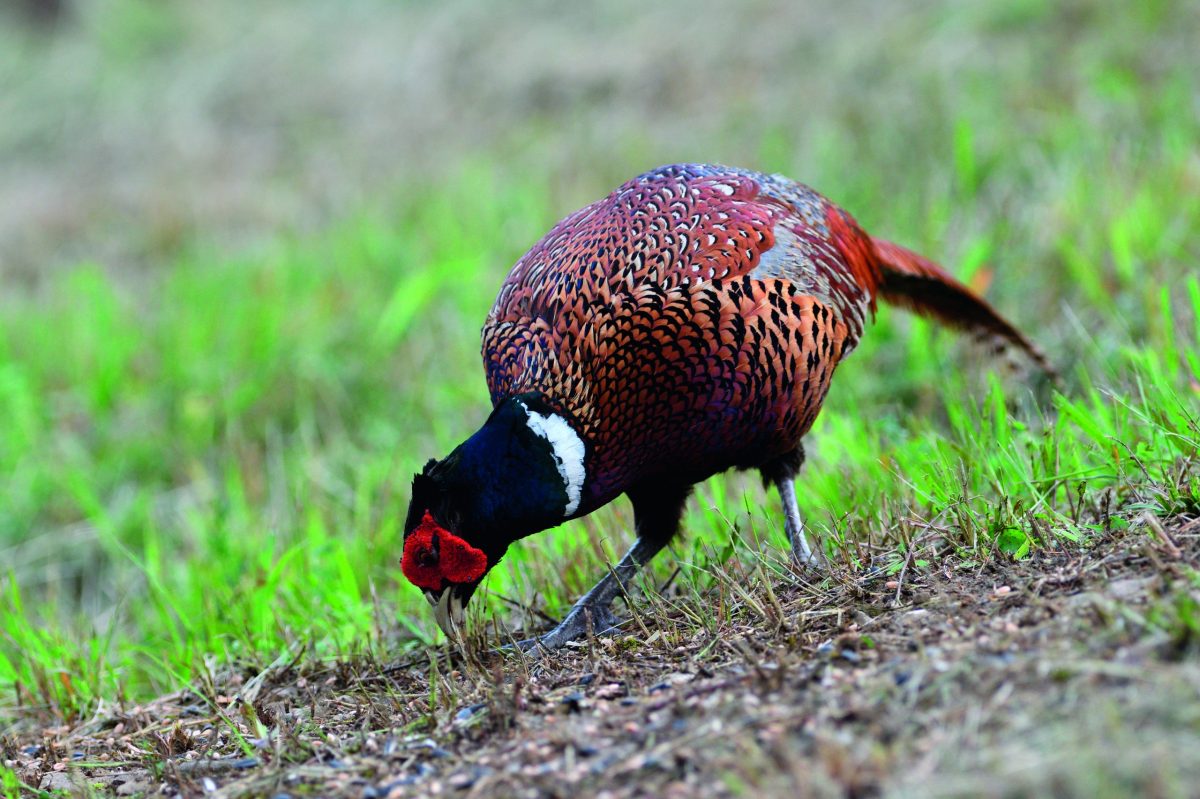Weathering the economic storm
This years CLA Game Fair was as popular as ever. More than 150,000 attendees enjoyed the worlds largest and most prestigious countryside exhibition as it celebrated its 50th anniversary at Blenheim Palace. The Game Fair is a major event in the shooting communitys calendar. Last month, it was no different, but the one recurring topic was the economic downturn and its impact on the shooting sector.
Every day newspapers are reporting new victims of the downturn as house prices fall, banks restrict lending and rising fuel prices continue to bite. This
will undoubtedly put pressure on consumers luxury purchases and on corporate entertainment budgets. Unfortunately, shooting comes into both categories. Will the shooting sector be the next headline or has it gained sufficient strength and popularity to ride out this latest economic storm?
The shooting contingent at the Game Fair had mixed views. Some were all doom and gloom and of the opinion that corporate budgets will be squeezed, stifling demand for the 2008/09 season. Others were adamant that participants are wealthy or passionate enough to continue shooting irrespective of economic circumstance. Both of these divergent views were captured in a survey of estate owners by my firm, Saffery Champness. The research was conducted on more than 50 significant sporting estates.
The overall picture painted by the research was one of cautious optimism. The sector appears to have weathered the economic downturn so far with a healthy increase in let shoots for the 2008/09 season, but many sporting estates remain cautious about the future. Inflationary pressures from increased fuel and feed costs have been passed on to customers as most respondents were forced to increase their prices for the forthcoming season. Yet many order books remain strong with 90 per cent of respondents reporting equivalent or higher bookings for next year. Indeed, a quarter of respondents have already let more shooting for the 08/09 season.
Unsurprisingly, the survey delivered a mixed bag of opinion regarding the future for commercial shoots. Though the general feeling is relatively positive, one third of the respondents were pessimistic, citing fears over the impact of the credit crunch. It is likely that if any significant reduction in let days materialises, demand will fall most among corporate purchasers as new marketing budgets are adjusted downwards. So far, this has had minimal impact, though some landowners have seen their corporate client base in the banking and property sectors decrease. It should be noted that this was the case for only 14 per cent of the respondents. Given that the number of let days has increased overall, it is clear that those banking and property businesses that have dropped out have been replaced.
If you were cynical, you might say that it is early days as far as the market conditions are concerned and it will be very interesting to look again at the position in April 2009, particularly if the banking industry does not recover quickly.
The research also indicated some potential winners and losers from this period of economic uncertainty. Generally, Scottish estates were more optimistic about their future prospects than those in England. The boom in the oil industry and a strong US client base seemed to be a major factor contributing to this air of confidence. Smaller shoots seem most vulnerable. If the market should continue to deteriorate many feel they may be unable to compete with top-end shoots. So what can shoots do to protect themselves from the bumpy ride ahead?
It is imperative that estates do not become complacent. Continuing to look after key clients and chasing potential leads is essential even if orders have not yet suffered. Vigilance over cash flow and credit control is more important than ever, as is having the flexibility to adjust the size of the bag and hence the price to suit the customers wallet. A well-organised commercial shoot should be able to adjust to a downturn without problems by offering a smaller bag cutting its cloth to suit the clients purse.
In conclusion, the survey will help to dispel some of the pessimism that has been reported as it suggests that the 2008/09 season is mostly in the bag. However, optimism about next season is tempered by respondents pessimism about the longer term future. No doubt the estates will be chasing hard on deposits for shoot days and following up on final invoices not unlike any other commercial organisation in an uncertain economic climate. Whether the storm clouds do descend next spring or not will depend on two factors: whether prices were increased sufficiently to take account of spiralling supplier costs and the size of the order book for the following season.
Jerry Barnes is senior partner in the Bristol office of chartered accountants Saffery Champness








